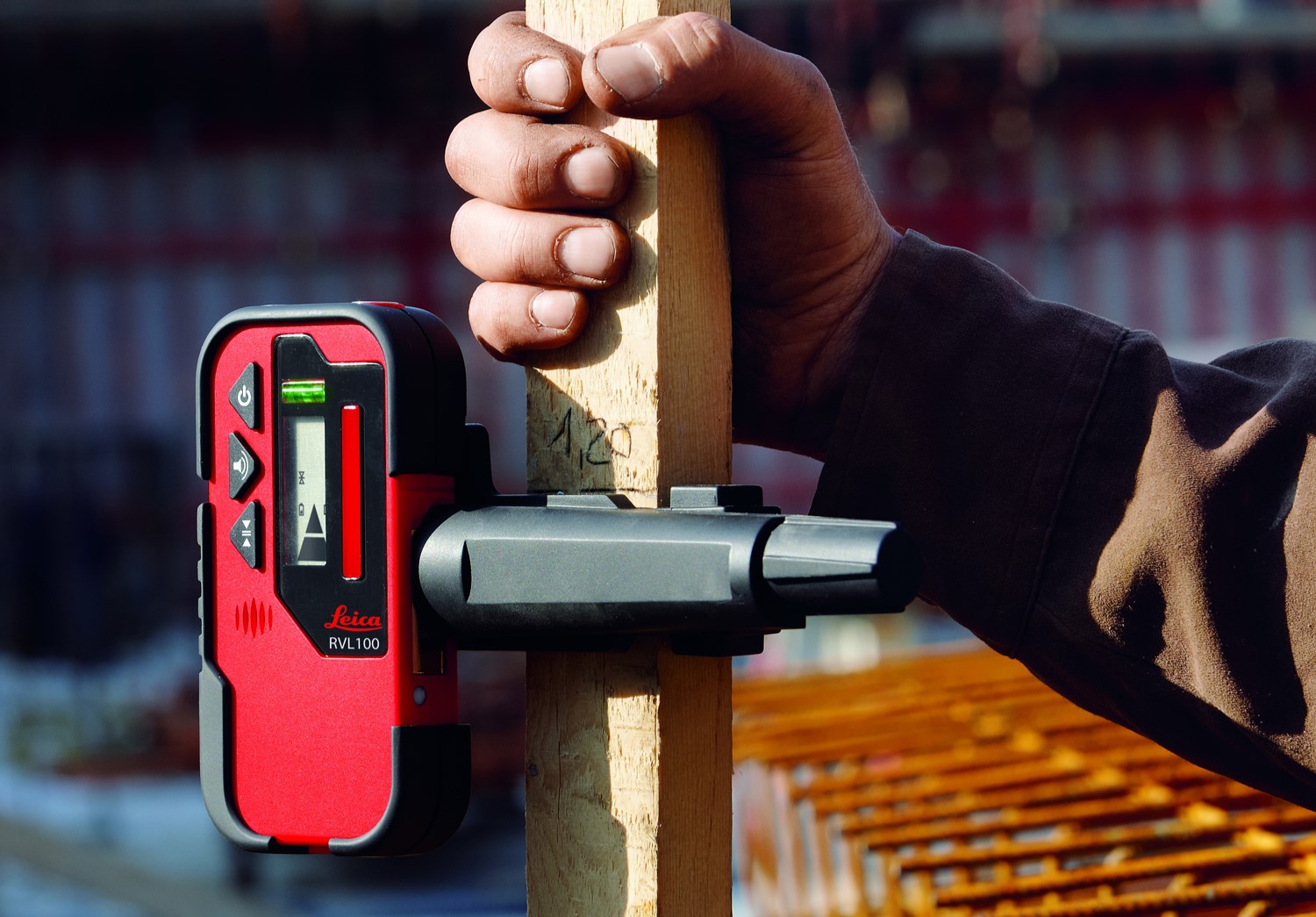

Articles
What Is The Laser Level Receiver Called
Modified: October 28, 2024
Discover what the laser level receiver is called in this informative article. Learn about its uses, benefits, and how it can enhance your work efficiency.
(Many of the links in this article redirect to a specific reviewed product. Your purchase of these products through affiliate links helps to generate commission for Storables.com, at no extra cost. Learn more)
Introduction
A laser level receiver is an essential tool for professionals in the construction, surveying, and engineering industries. It is used in conjunction with a laser level to accurately measure and determine elevations and alignments of various surfaces and structures.
With the advancement in technology, laser levels have become increasingly popular due to their precision and ease of use. However, in order to maximize their effectiveness, a laser level receiver is often utilized. In this article, we will explore what a laser level receiver is, how it works, its benefits, applications, and factors to consider when choosing one.
Whether you’re a contractor, architect, or DIY enthusiast, understanding the functionalities and applications of a laser level receiver can greatly enhance your productivity and accuracy in various projects. So, let’s delve deeper into the world of laser level receivers and uncover their importance in the field of construction and surveying.
Key Takeaways:
- Laser level receivers enhance accuracy, efficiency, and safety in construction and surveying by providing real-time feedback on elevations and alignments, ensuring precise measurements and alignments.
- Consider factors such as compatibility, range, accuracy, durability, and user-friendly features when choosing a laser level receiver, and explore popular brands like Bosch, Leica Geosystems, and Dewalt for reliable and advanced options.
Read also: 9 Best Laser Level Receiver for 2025
What is a Laser Level Receiver?
A laser level receiver, also known as a laser detector, is a device designed to detect and receive laser beams emitted by a laser level. It essentially works as a receiver or sensor that interprets and measures the laser light to provide accurate information about the elevation or alignment of a surface or structure.
When a laser level emits a laser beam, it travels in a straight line until it reaches a target surface. The laser level receiver is placed on the target surface and captures the laser beam. It then analyzes the beam and provides feedback to the user, indicating whether the surface is level, plumb, or at a desired elevation.
One of the key components of a laser level receiver is a photodiode or a light sensor. This sensor is sensitive to the laser light and can detect its intensity. The receiver is equipped with an LCD or LED display that shows a visual representation of the laser beam’s position, typically through arrows or numeric values.
Additionally, laser level receivers often have audible signals, such as beeps or tones, to indicate when the laser beam is on target or when it deviates from the desired alignment. This feature is especially useful in noisy or visually challenging environments, where it may be difficult to rely solely on visual indicators.
Overall, a laser level receiver acts as the intermediary between the laser level and the target surface. It captures the laser beam, interprets its information, and provides real-time feedback to the user, enabling precise measurements and alignments in construction and surveying applications.
Now that we have a basic understanding of what a laser level receiver is, let’s explore how it works in the next section.
How does a Laser Level Receiver Work?
A laser level receiver is a sophisticated device that utilizes advanced technology to accurately detect and interpret laser beams emitted by a laser level. Here’s a step-by-step breakdown of how it works:
- Positioning: The laser level receiver is typically mounted on a tripod or held by hand, depending on the application. It is placed on the target surface in close proximity to where the laser beam will be directed.
- Powering On: The receiver is powered on, either by batteries or by connecting it to a power source. Once turned on, it is ready to receive and interpret laser signals.
- Calibration: Before using a laser level receiver, it’s important to calibrate it according to the specifications provided by the manufacturer. Calibration ensures accurate measurements and reliable performance.
- Laser Detection: When the laser level emits a beam, the laser level receiver captures the laser light using its photodiode or light sensor. The sensor detects the intensity of the laser beam and converts it into an electrical signal.
- Signal Processing: The electrical signal generated by the photodiode is processed by the receiver’s internal circuitry. It analyzes the signal and calculates the position of the laser beam in relation to the receiver.
- Display and Feedback: The laser level receiver is equipped with a visual display, such as an LCD or LED screen. It shows a graphical representation of the laser beam’s position, often using arrows or numeric values. This allows the user to determine whether the surface is level or at the desired elevation.
- Audible Signals: In addition to the visual display, many laser level receivers have built-in speakers or sound indicators. These emit audible signals, such as beeps or tones, to provide real-time feedback to the user. The sounds may vary depending on whether the laser beam is on target or deviating from the desired alignment.
It’s important to note that the functionality and features of a laser level receiver may vary depending on the model and brand. Some receivers may offer additional capabilities, such as remote control options, multiple beam detection, or connectivity to other devices for data transfer and analysis.
Now that we understand how a laser level receiver works, let’s explore the benefits of using one in the next section.
Benefits of Using a Laser Level Receiver
Using a laser level receiver offers several advantages for professionals in the construction and surveying industries. Let’s explore the key benefits of incorporating a laser level receiver into your workflow:
- Enhanced Accuracy: A laser level receiver significantly improves the accuracy of measurements and alignments. It eliminates the need for manual estimation and guesswork, ensuring precise results every time. The receiver detects and interprets laser beams with high sensitivity, providing reliable data for levelness, plumbness, and elevation.
- Increased Efficiency: With a laser level receiver, you can work more efficiently and save time on your projects. The receiver provides real-time feedback, allowing you to make adjustments instantly without having to constantly refer back to the laser level. This streamlines the workflow and minimizes errors and rework.
- Improved Visibility: Laser level receivers often come equipped with visual displays that make it easier to see and interpret the laser beam’s position. The displays may use bright, high-contrast graphics, numeric values, or arrows, enhancing visibility even in challenging lighting conditions. This improves the overall user experience and reduces eyestrain.
- Enhanced Versatility: Laser level receivers can be used with a variety of laser levels, including rotary laser levels, line laser levels, and dot laser levels. This versatility allows you to choose the right tool for different applications and environments, while still benefiting from the precision and accuracy provided by the receiver.
- Adaptability to Different Surfaces: Laser level receivers are designed to work on various surfaces, including walls, floors, ceilings, and outdoor terrains. They can detect laser beams even on reflective or uneven surfaces, ensuring consistent and accurate measurements across different project requirements.
- Increased Safety: Laser level receivers contribute to improved safety by reducing the need for manual measurements and potential human errors. They allow you to keep your focus on the receiver’s display, rather than constantly looking up and down between the laser level and the target surface. This minimizes the risk of accidents and injuries on the job site.
By leveraging the benefits of a laser level receiver, professionals can achieve higher precision, efficiency, and safety in their projects. The versatility and adaptability of these devices make them indispensable tools for accurate measurements and alignments in various construction and surveying applications.
In the next section, we will explore the different applications of laser level receivers, showcasing their wide-ranging utility.
Applications of Laser Level Receivers
Laser level receivers are utilized across a wide range of industries and applications where precise measurements, alignments, and leveling are required. Let’s explore some of the key applications where laser level receivers play a crucial role:
- Construction: Laser level receivers are extensively used in the construction industry for various tasks such as grading, leveling, and aligning. They are ideal for setting the elevation of foundations, aligning walls, installing drop ceilings, and ensuring accuracy in concrete pouring. From residential projects to large-scale commercial constructions, laser level receivers are essential tools for maintaining precision and efficiency.
- Surveying and Landscaping: Surveyors and landscapers heavily rely on laser level receivers for accurate measurements of elevations and slopes. Whether it’s establishing property lines, laying out irrigation systems, or creating level terrains, laser level receivers provide the necessary guidance to ensure precise and consistent results.
- Road Construction: Laser level receivers are integral to road construction and maintenance. They aid in setting proper road grades, establishing slopes, and ensuring that surfaces are level and smooth. This helps in improving road safety and preventing water pooling or runoff issues.
- Pipeline and Utility Installation: Laser level receivers are commonly used during pipeline and utility installation projects. They ensure proper alignment and grade for pipes, conduits, and cables, making sure they are laid at the correct elevation and slope. This helps avoid potential issues such as drainage problems and blockages.
- Interior Design and Renovation: Laser level receivers are valuable tools for interior designers and renovators. They assist in hanging shelves, aligning cabinets, installing tiles, and achieving straight and level trim work. The precise measurements provided by the receiver help create aesthetically pleasing and functional interior spaces.
- Outdoor Projects: From building decks and fences to creating landscaping features like patios and retaining walls, laser level receivers are essential for achieving accurate levels and alignments in outdoor projects. They ensure that structures are sturdy, level, and visually appealing.
These are just a few examples of the many applications where laser level receivers are indispensable. Their versatility, precision, and ease of use make them invaluable tools in various industries and sectors that require precise measurements and alignments.
In the next section, we will explore the different types of laser level receivers available in the market.
The laser level receiver is also known as a laser detector. It is used to detect the laser beam emitted by a laser level, allowing for accurate and precise leveling and alignment.
Read more: What Is Laser Level
Types of Laser Level Receivers
Laser level receivers come in various types and models, each designed to cater to specific needs and requirements. Let’s explore some of the common types of laser level receivers available in the market:
- Standard Laser Level Receivers: These are the most basic type of laser level receivers and are compatible with standard rotary laser levels. They are primarily used for detecting and measuring the laser beam’s position and providing basic visual and audible feedback.
- Digital Laser Level Receivers: Digital laser level receivers come equipped with advanced digital displays that provide precise numeric values to indicate the beam’s position. They offer more accurate measurements and are often used in high-precision applications such as surveying and precise leveling.
- Wireless Laser Level Receivers: Wireless laser level receivers offer the convenience of wireless communication between the receiver and the laser level. The receiver can receive laser signals from a distance, allowing for greater flexibility and ease of use, particularly in large construction sites or when working in hard-to-reach areas.
- Remote Control Laser Level Receivers: Remote control laser level receivers enable the user to control the laser level from a distance. They may come with a handheld remote control or Bluetooth connectivity, allowing for easier adjustments and precise alignments without the need to approach the laser level directly.
- Dual-Sided Laser Level Receivers: Dual-sided laser level receivers have sensors on both sides, allowing for detection and indication of the laser beam from either side of the receiver. This feature comes in handy when working in situations where the laser level is not directly accessible or when there is limited visibility from one side.
- Machine-Mounted Laser Level Receivers: These receivers are specifically designed to be mounted on heavy machinery, such as graders, excavators, or bulldozers. They provide real-time feedback to the operator about the machine’s position relative to the desired laser alignment, ensuring accurate and efficient grading or excavation.
- Specialized Laser Level Receivers: There are also specialized laser level receivers available for specific applications. For example, laser level receivers for pipe laying are designed with a clamp or bracket attachment to secure them to pipes, allowing for precise alignment during installation.
When choosing a laser level receiver, it’s important to consider the specific needs of your project or industry. Factors such as accuracy requirements, range, visibility features, and compatibility with your existing laser level should all be taken into account.
In the next section, we will explore the factors to consider when choosing a laser level receiver.
Factors to Consider when Choosing a Laser Level Receiver
When selecting a laser level receiver, there are several important factors to keep in mind. Considering these factors will help you choose the right receiver that meets your specific needs and ensures accurate and efficient results. Let’s explore these factors:
- Compatibility: Ensure that the laser level receiver is compatible with your existing laser level. Different receivers are designed to work with specific types and models of laser levels, so it’s crucial to check the compatibility before making a purchase.
- Range and Detection: Consider the range and detection capabilities of the receiver. The range determines the maximum distance at which the receiver can effectively capture the laser beam. Additionally, look for a receiver with multiple sensitivity levels to accommodate different lighting conditions and beam intensities.
- Visibility: Check the visibility features of the receiver, such as the display type and the brightness of the visual indicators. Look for receivers with bright and clear displays that can be easily seen in various lighting conditions, including direct sunlight or low light environments.
- Accuracy: Assess the accuracy of the receiver. Look for models that offer high precision and provide accurate readings. Digital display receivers tend to offer greater accuracy compared to basic visual indicators.
- Construction and Durability: Consider the construction and durability of the receiver. It should be built to withstand rugged job site conditions and be resistant to dust, water, and impact. Look for receivers with robust casing and quality materials that ensure longevity.
- User-Friendly Features: Look for receivers with user-friendly features that enhance usability and convenience. These may include intuitive controls, ergonomic design, backlighting for low-light situations, and a user-friendly interface.
- Power Source: Consider the power source of the receiver. Some models operate on batteries, while others may have rechargeable options or the ability to be connected to a power source. Depending on your preferences and the availability of power on your job sites, choose a receiver with a suitable power source.
- Additional Features: Assess any additional features that may be beneficial for your specific needs. This may include wireless connectivity, remote control capabilities, dual-sided detection, or compatibility with accessories or mounting options.
Taking these factors into account will help you make an informed decision when choosing a laser level receiver that aligns with your requirements. It’s always recommended to compare different models, read customer reviews, and consult with professionals in your industry for further guidance.
In the next section, we will highlight some popular brands of laser level receivers that are known for their quality and performance.
Popular Brands of Laser Level Receivers
When it comes to laser level receivers, there are several reputable brands known for producing high-quality and reliable products. Here are some popular brands to consider when looking for a laser level receiver:
- Bosch: Bosch is a well-known brand in the construction and surveying industry, offering a wide range of laser level receivers. They are known for their precision, durability, and user-friendly features. Bosch receivers are often praised for their accuracy and visibility in various job site conditions.
- Leica Geosystems: Leica Geosystems is a leading manufacturer of surveying and measurement equipment, including laser level receivers. Their receivers are highly regarded for their advanced technology, reliability, and exceptional accuracy. Leica Geosystems offers a range of receivers suitable for both indoor and outdoor applications.
- Spectra Precision: Spectra Precision is known for producing high-quality laser level receivers that offer excellent performance and durability. Their receivers are designed to be used in rugged job site conditions and provide precise measurements for construction and surveying tasks.
- Topcon: Topcon is a trusted brand in the industry, offering a variety of laser level receivers that meet the needs of professionals. Their receivers are known for their accuracy, range, and user-friendly features. Topcon receivers are often praised for their robust construction and reliable performance.
- Dewalt: Dewalt is a well-known brand in the power tool industry and also offers laser level receivers. Dewalt receivers are appreciated for their durability, visibility features, and ease of use. They are designed to withstand job site conditions and provide accurate results for construction and leveling tasks.
- Hilti: Hilti is a trusted brand for construction tools and equipment, including laser level receivers. Hilti receivers are recognized for their quality, ruggedness, and advanced features. They offer receivers that cater to various applications, ensuring accurate measurements and efficient workflows.
These are just a few examples of popular brands that produce reliable and high-performing laser level receivers. It’s always recommended to research and compare different brands based on your specific needs and budget. Reading customer reviews and consulting with professionals in your industry can also provide valuable insights to help you make an informed decision.
Now that we have explored popular brands, let’s conclude our article in the next section.
Conclusion
Laser level receivers are essential tools that enhance accuracy and efficiency in construction, surveying, and engineering projects. By capturing and interpreting laser beams emitted by laser levels, these receivers provide real-time feedback on elevations, alignments, and levelness, ensuring precise measurements and alignments.
In this article, we have explored the definition and functionality of laser level receivers, understanding how they work and the benefits they offer. We have seen how laser level receivers contribute to enhanced accuracy, increased efficiency, improved visibility, and improved safety on job sites.
We have also explored the various applications of laser level receivers, including construction, surveying, road construction, pipeline installation, interior design, and outdoor projects. Laser level receivers have proven to be versatile tools that cater to a wide range of industries and tasks.
When choosing a laser level receiver, it is important to consider factors such as compatibility, range, accuracy, durability, and user-friendly features. Taking these factors into account will help you select the right receiver that suits your specific needs and requirements.
Additionally, we have highlighted some popular brands known for their high-quality laser level receivers, including Bosch, Leica Geosystems, Spectra Precision, Topcon, Dewalt, and Hilti. These brands offer reliable and advanced receivers that meet the demands of professionals in the field.
In conclusion, laser level receivers are indispensable tools for professionals in various industries that require precise measurements, alignments, and levelness. By incorporating a laser level receiver into your workflow, you can enhance accuracy, efficiency, and safety, leading to successful project outcomes.
So, whether you’re a contractor, surveyor, landscaper, or DIY enthusiast, consider investing in a laser level receiver to elevate your work to the next level.
Frequently Asked Questions about What Is The Laser Level Receiver Called
Was this page helpful?
At Storables.com, we guarantee accurate and reliable information. Our content, validated by Expert Board Contributors, is crafted following stringent Editorial Policies. We're committed to providing you with well-researched, expert-backed insights for all your informational needs.
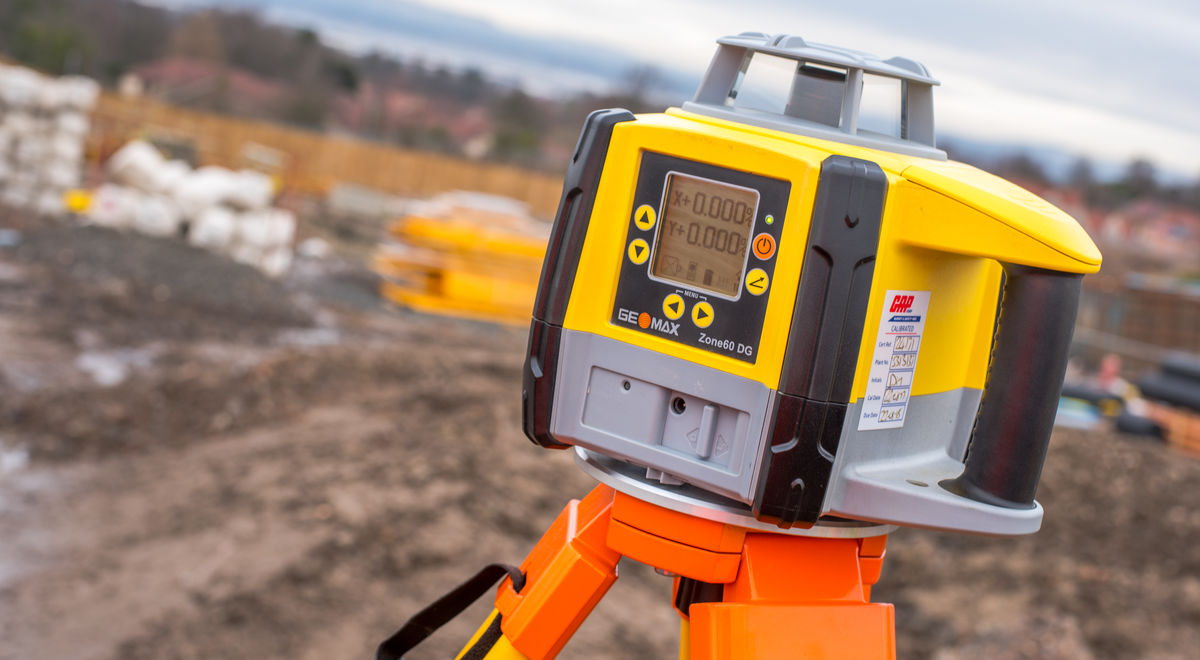
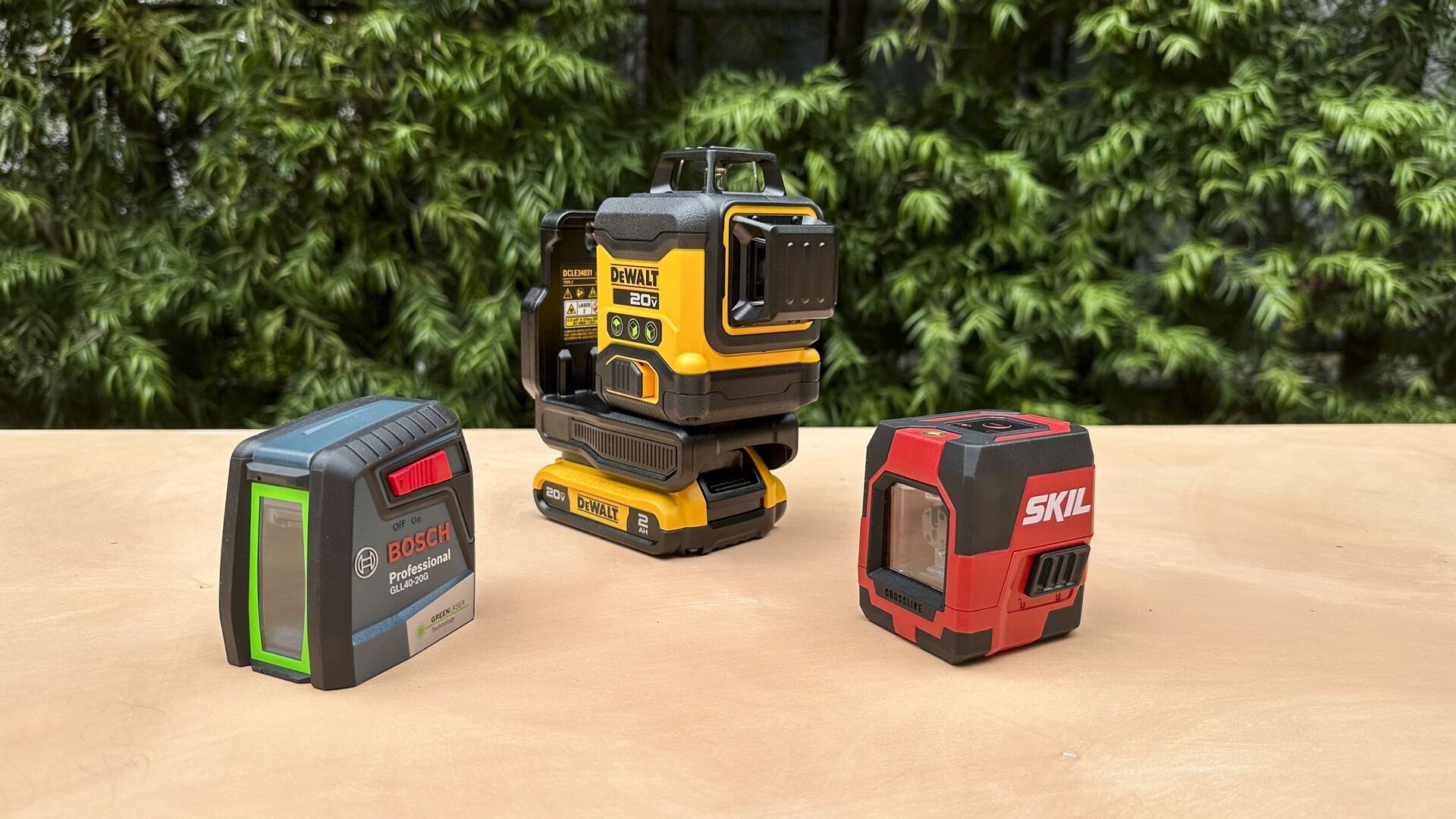

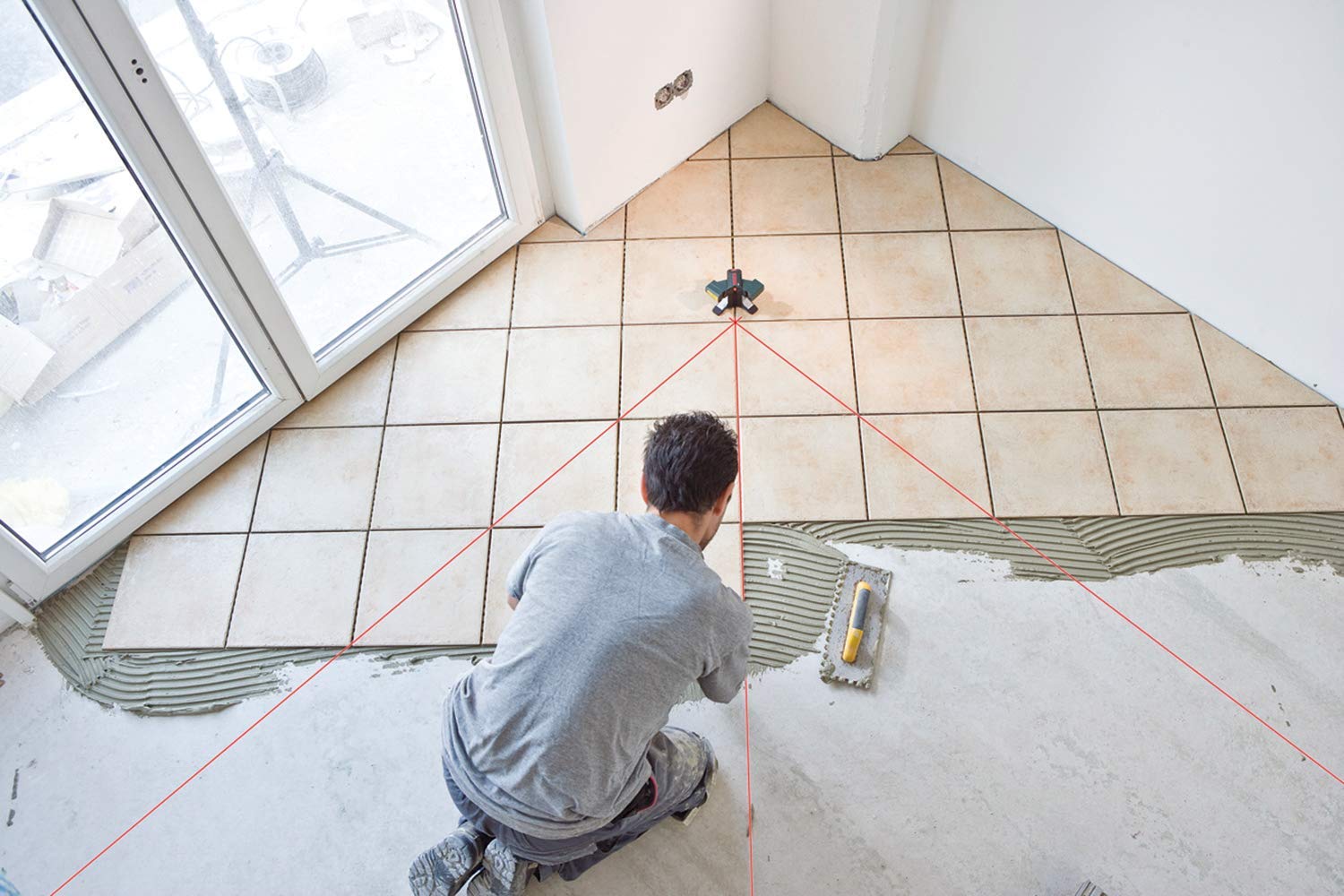
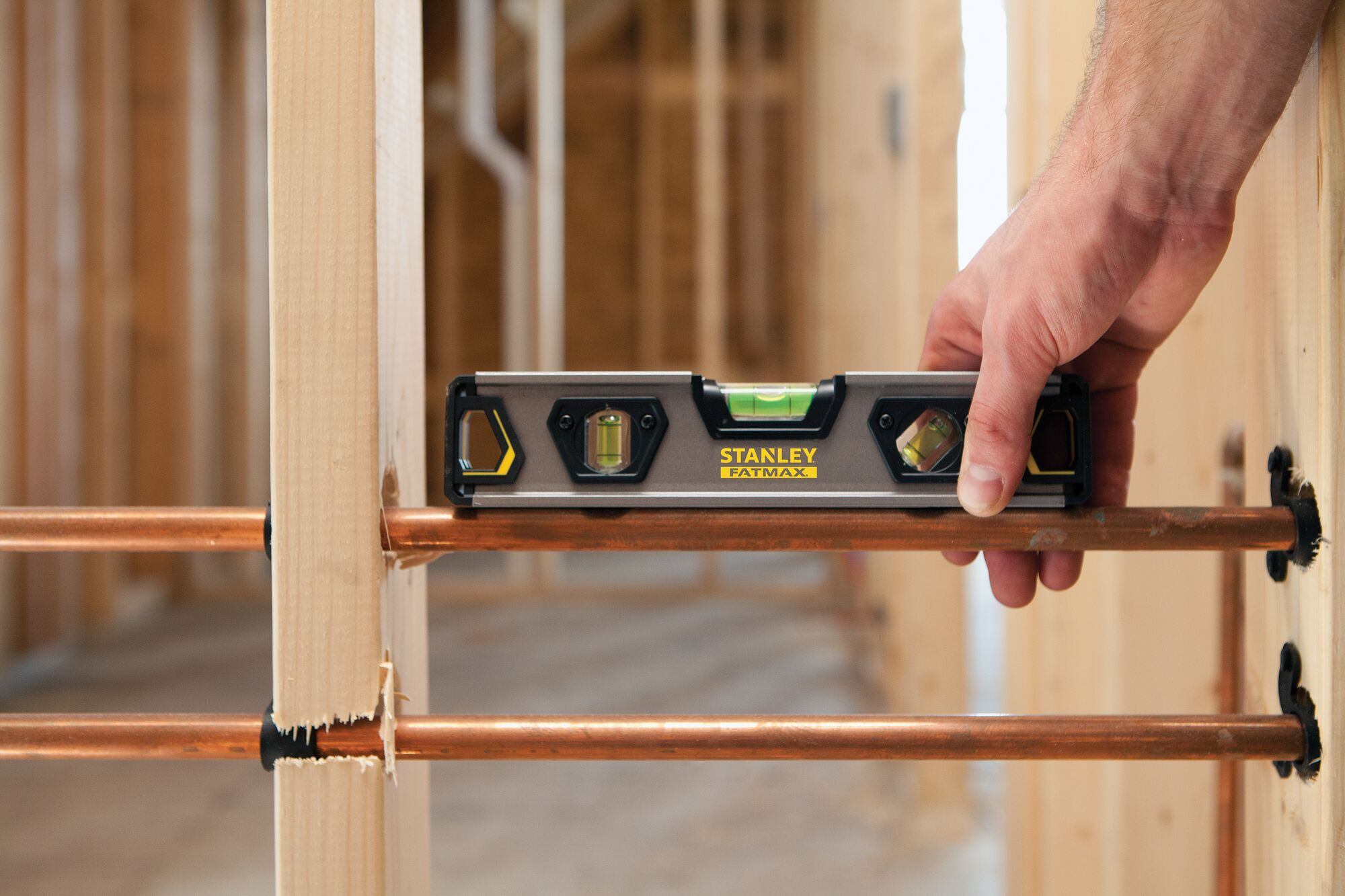

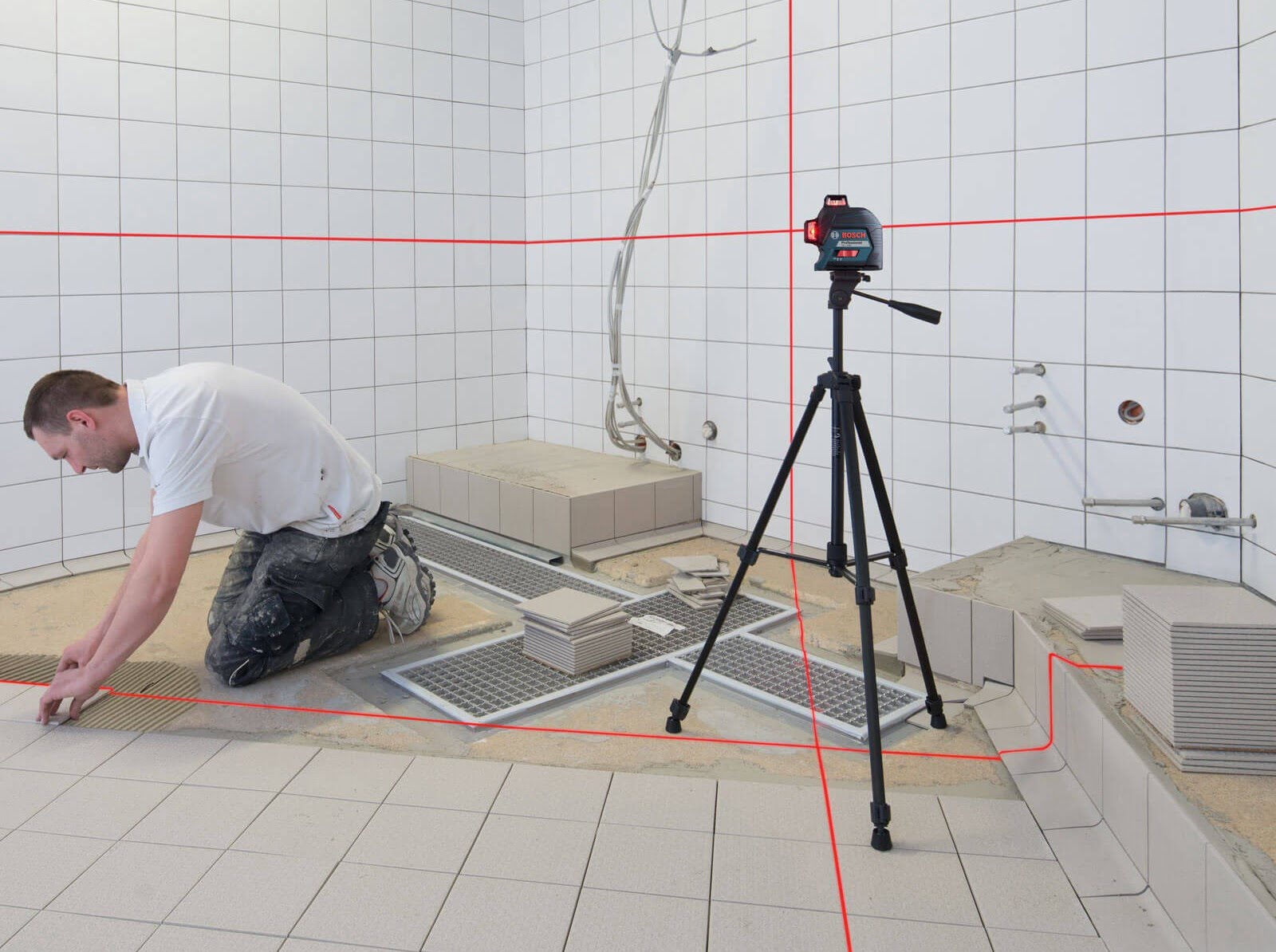
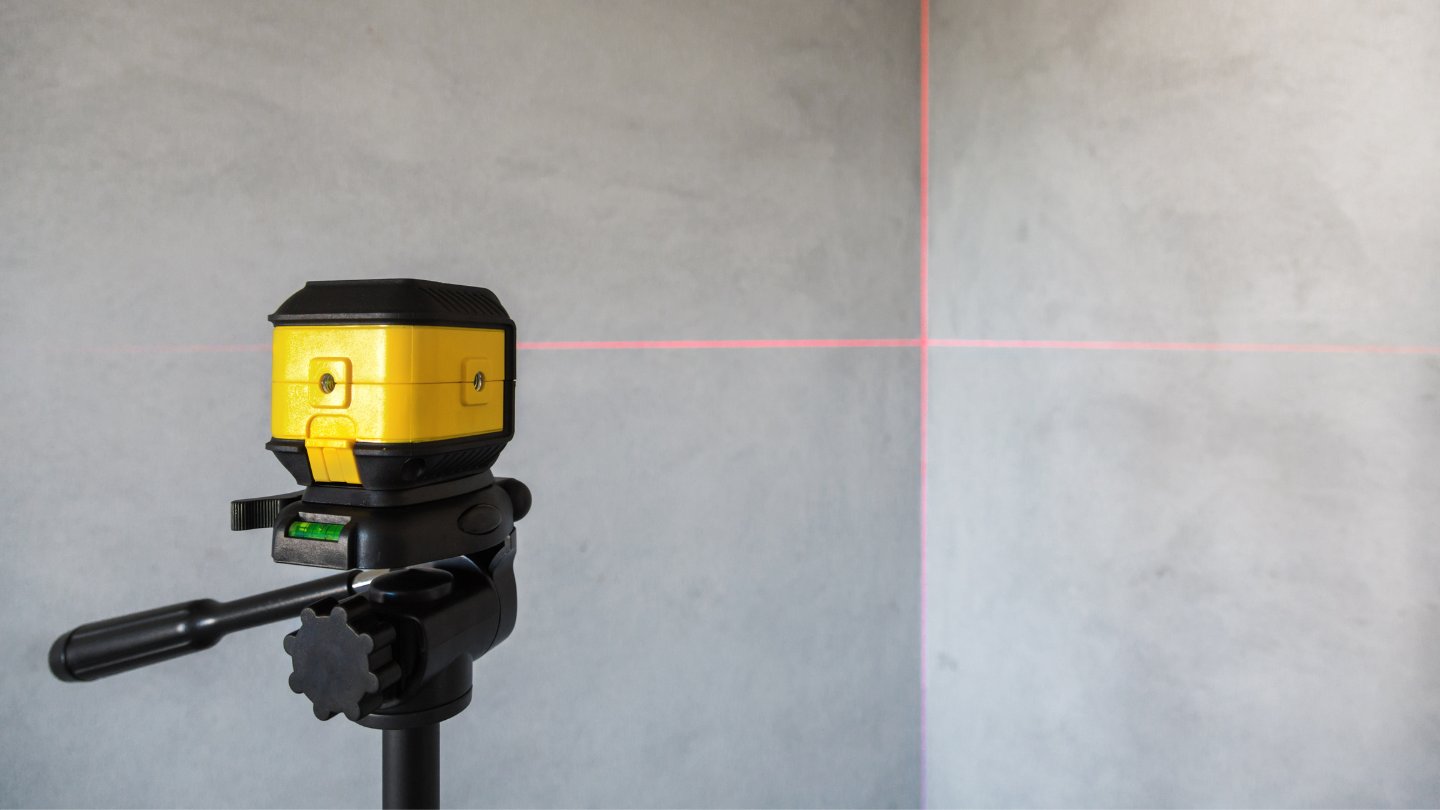
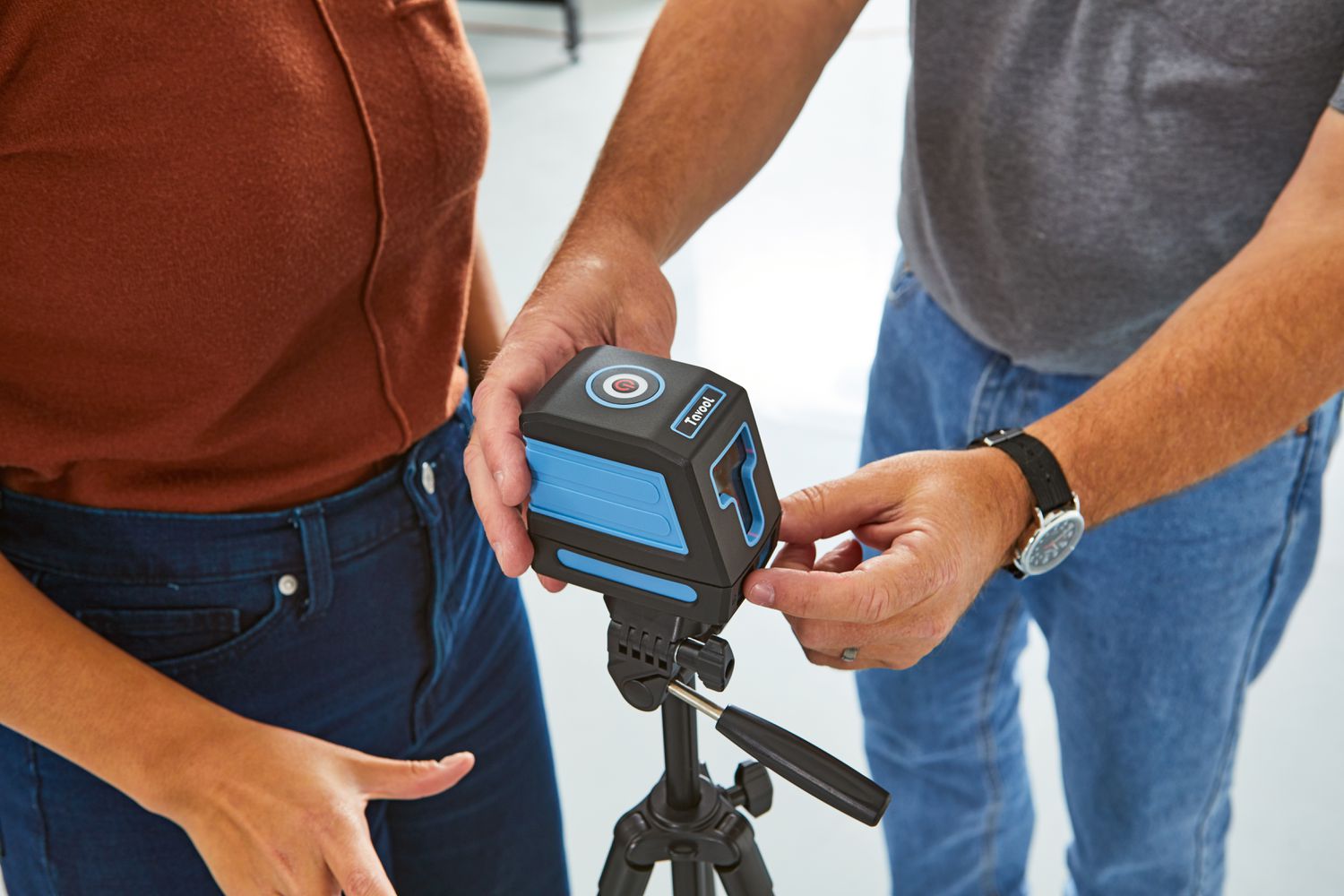
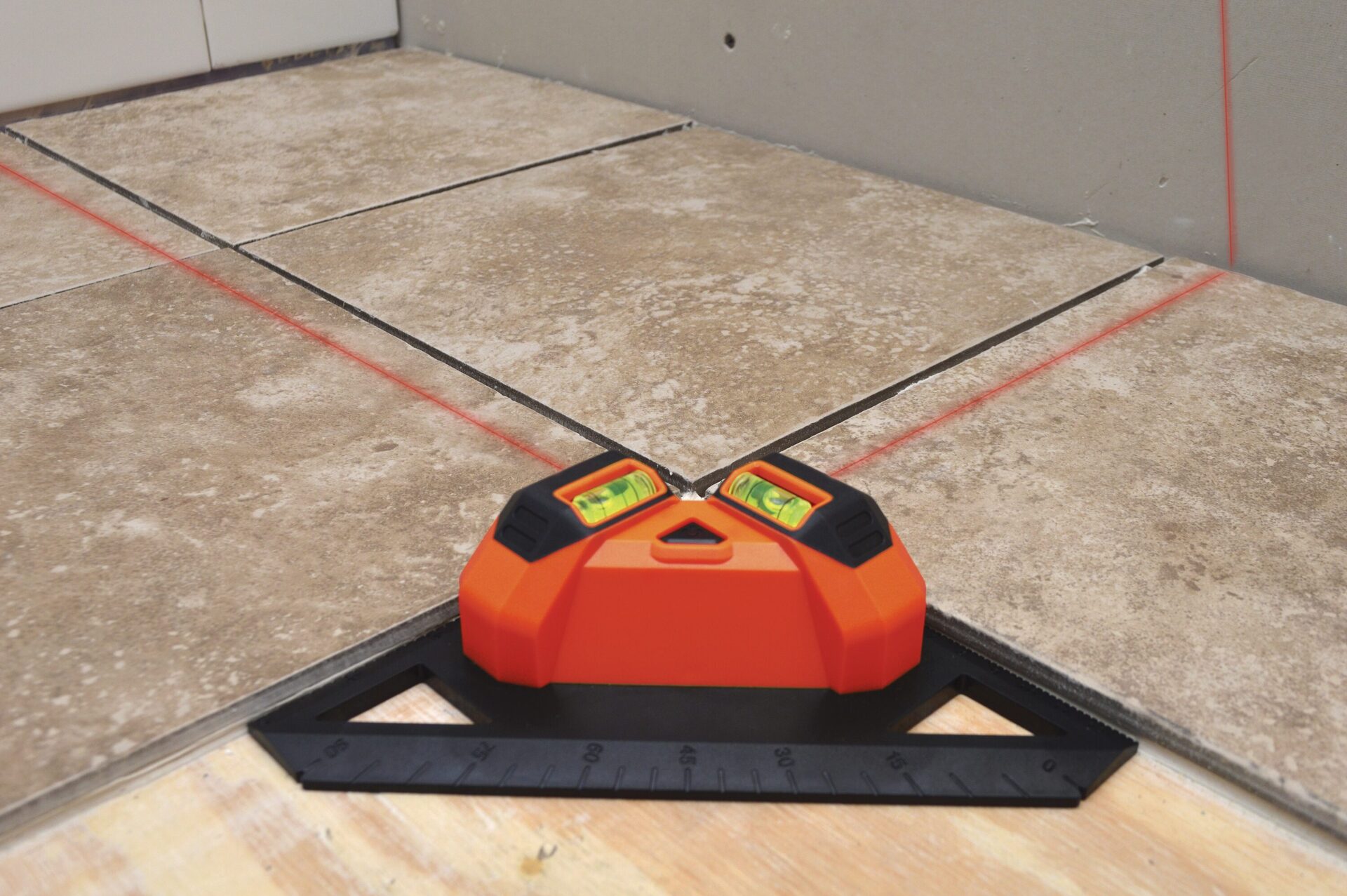
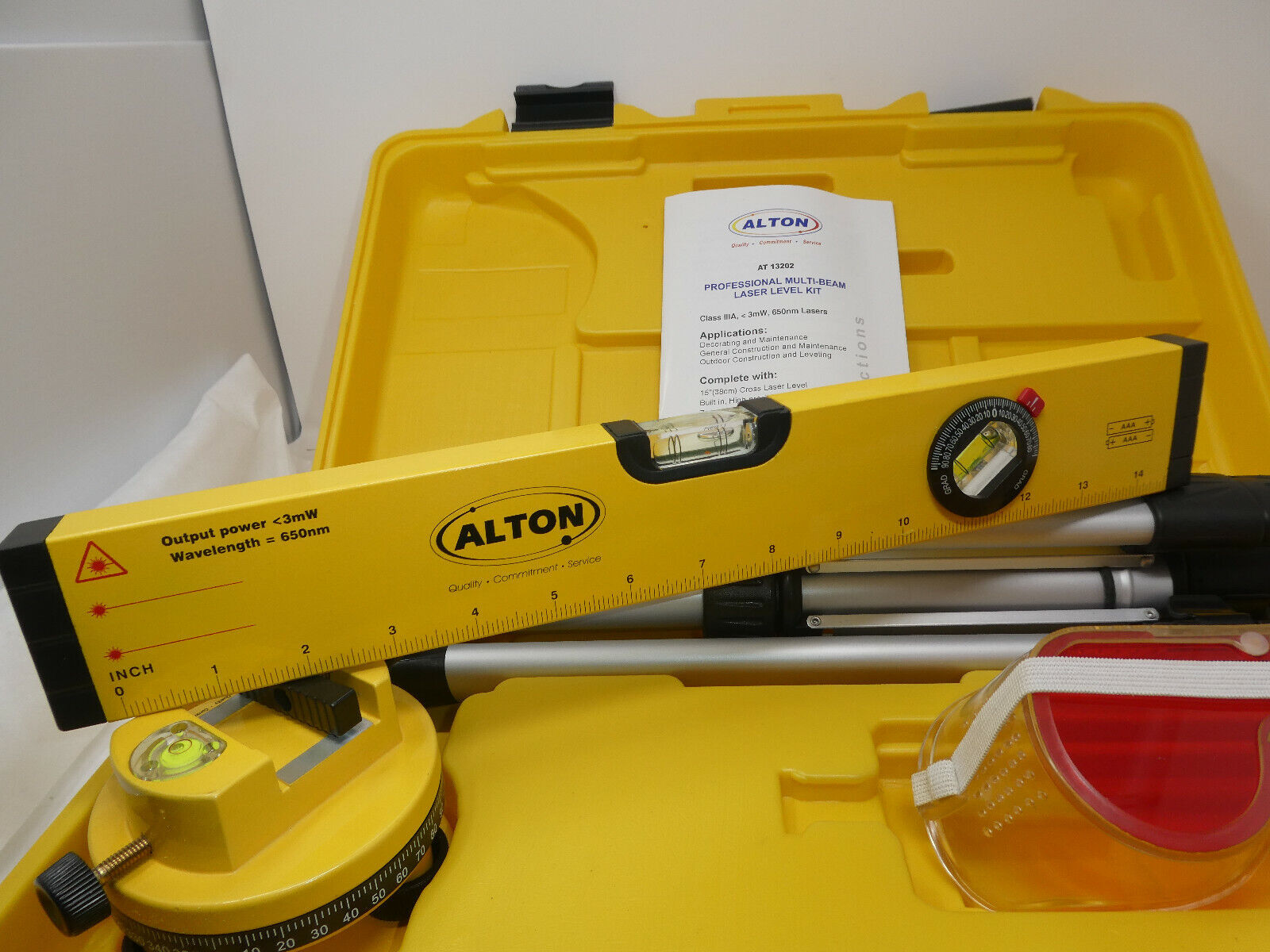
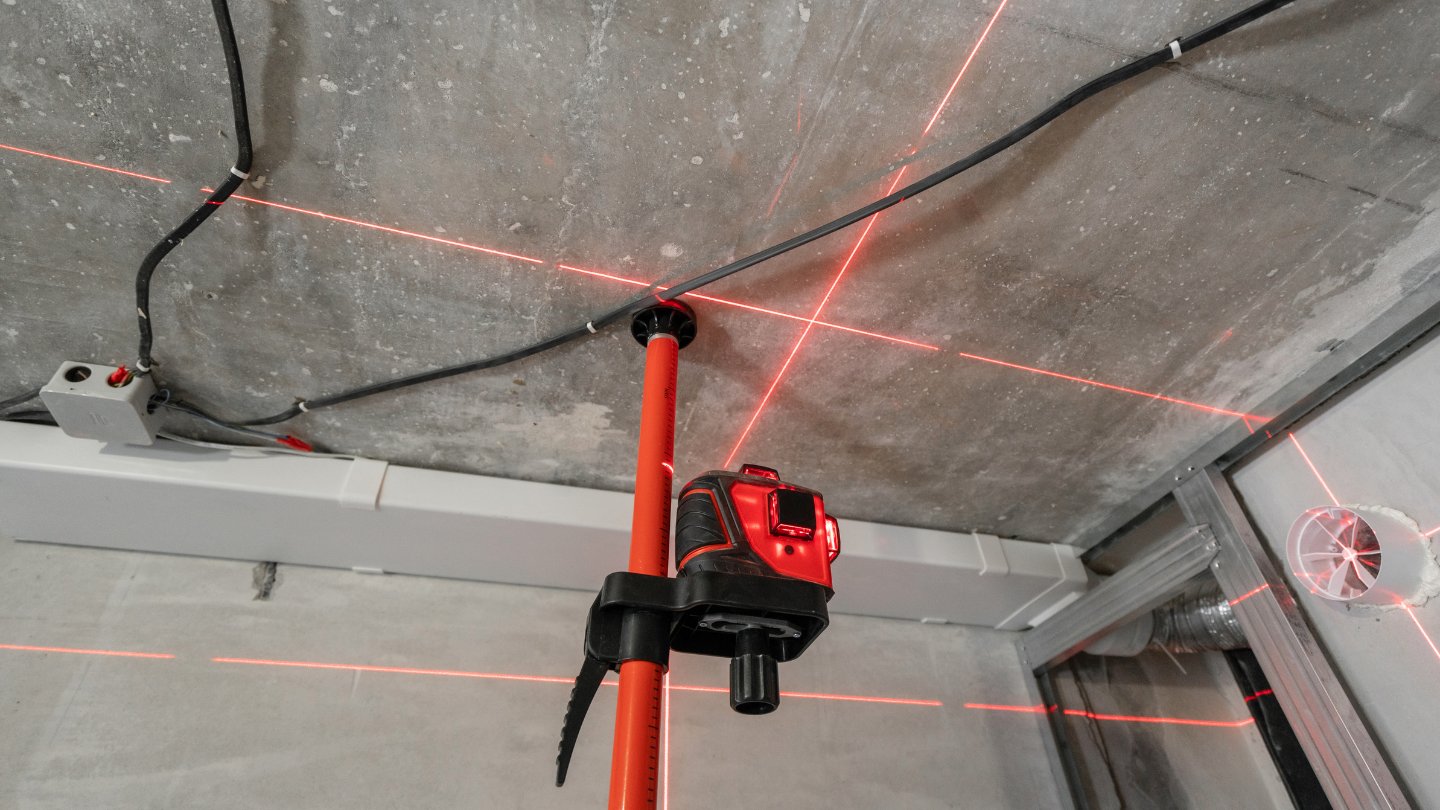
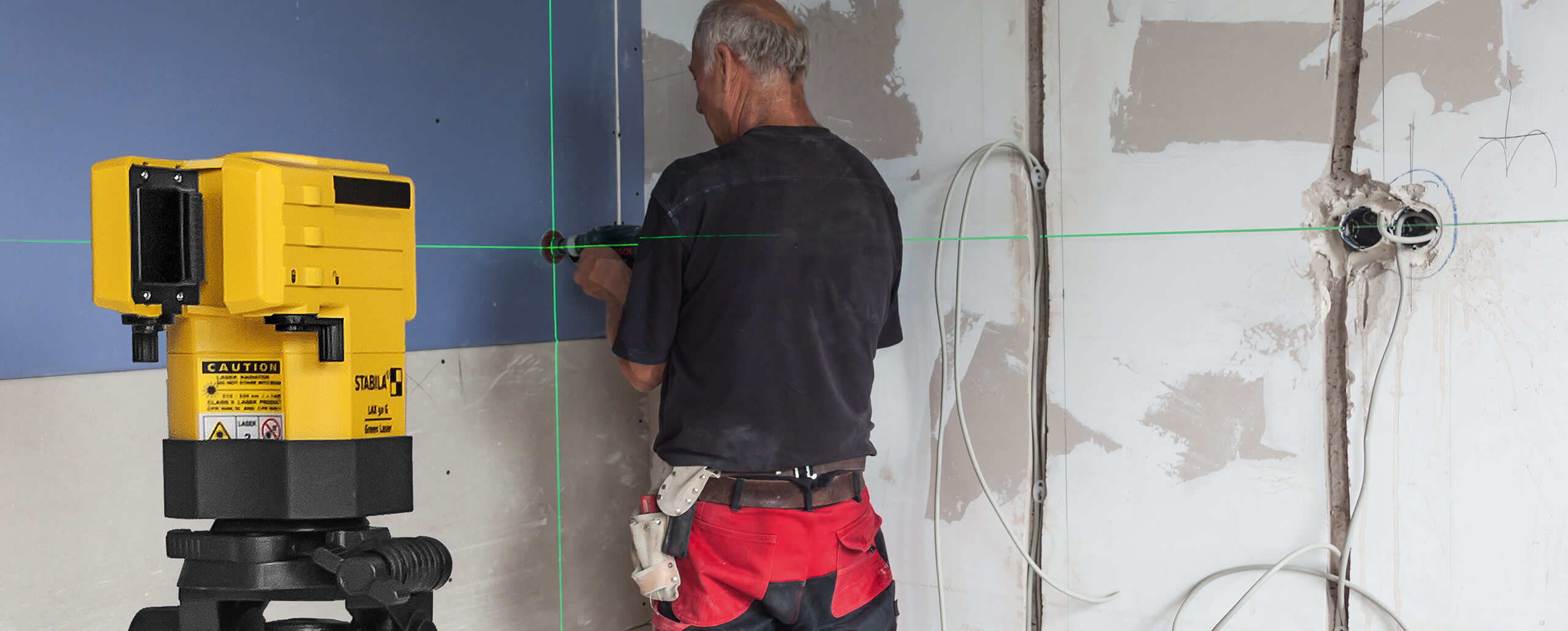
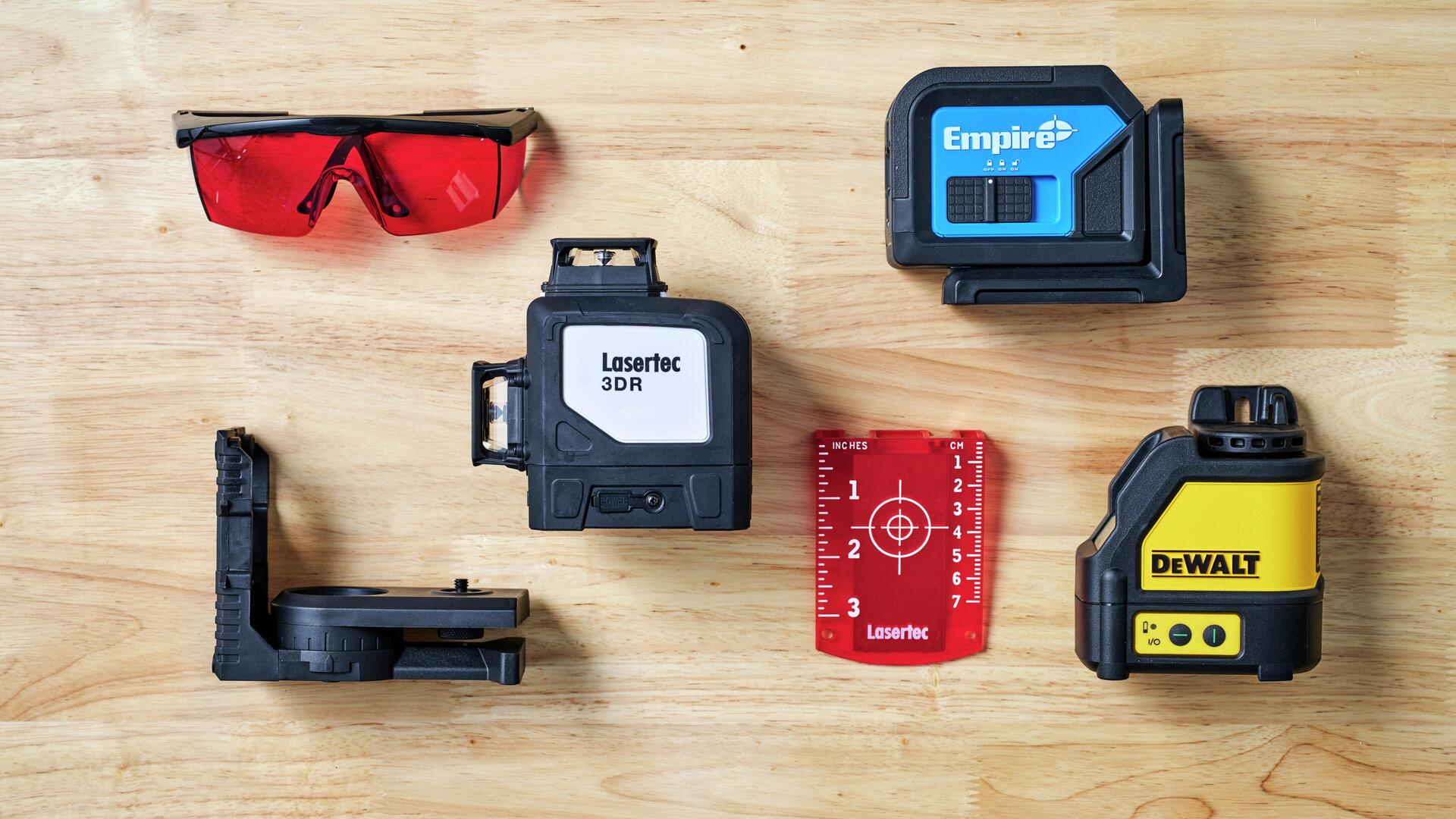

0 thoughts on “What Is The Laser Level Receiver Called”